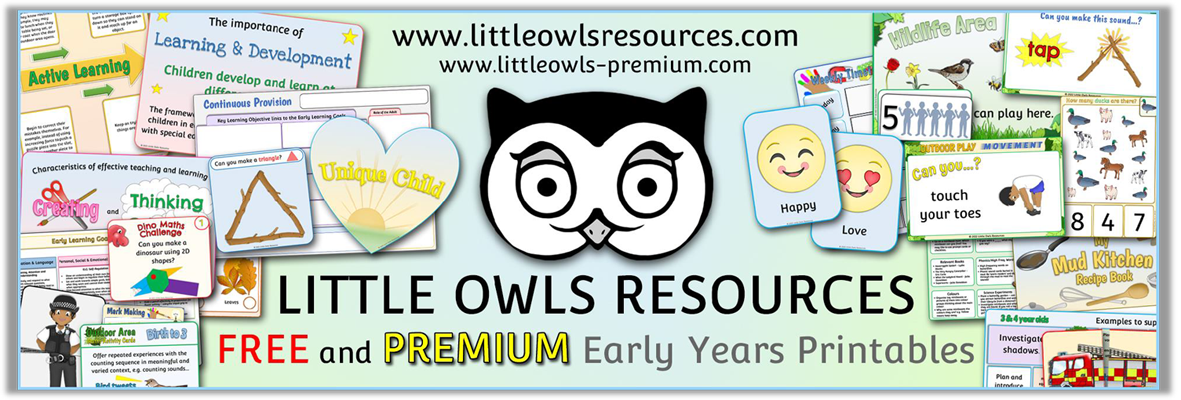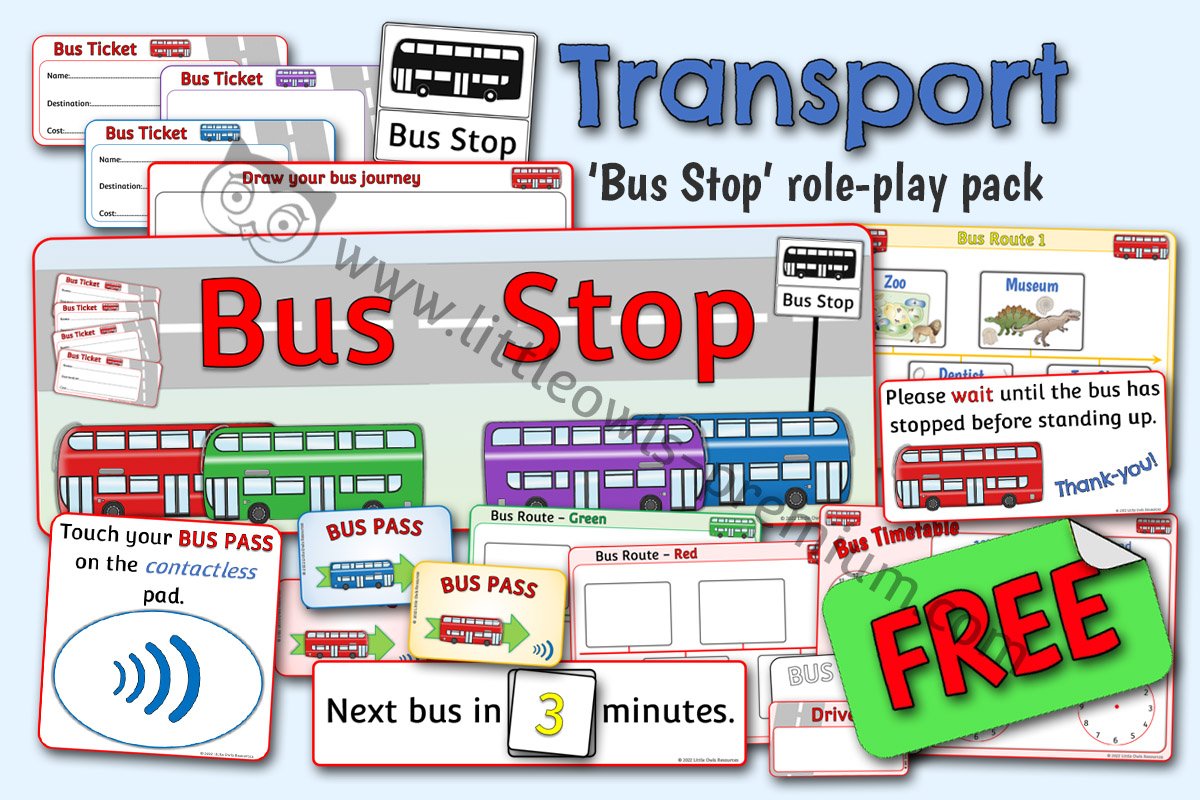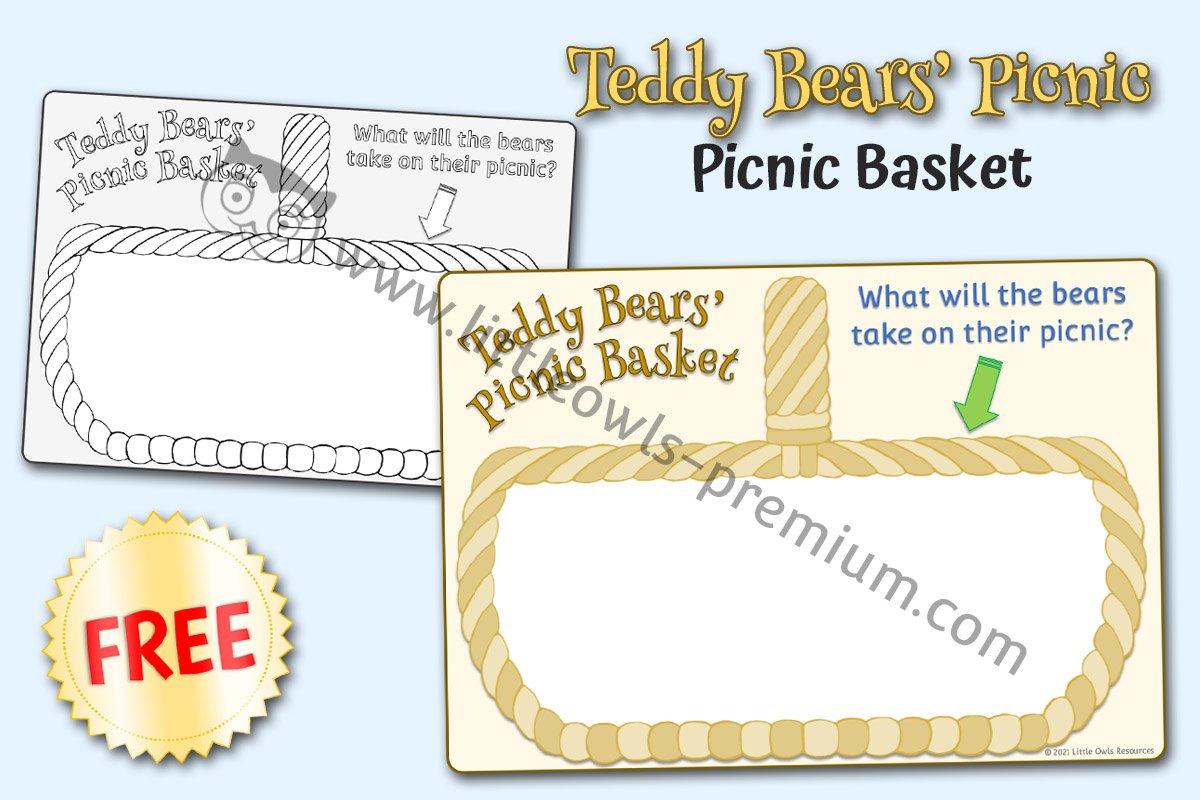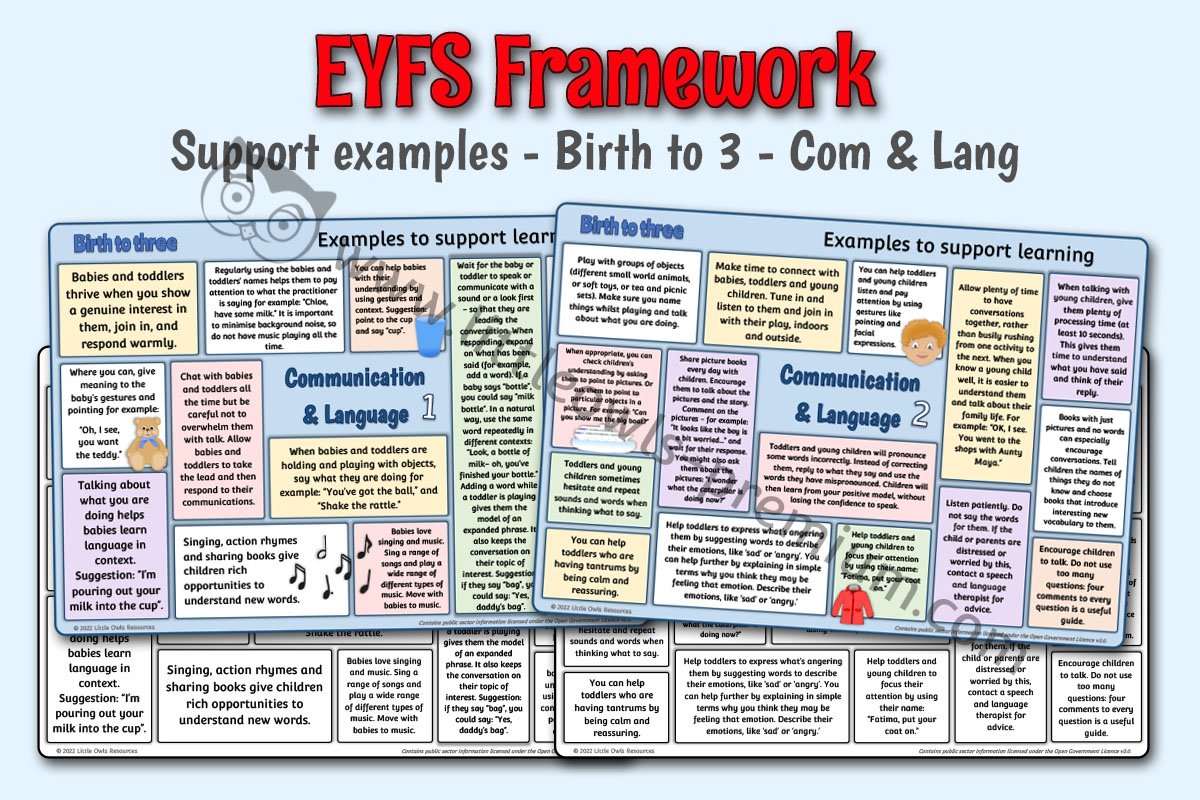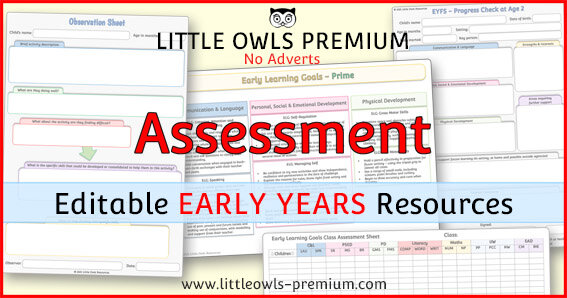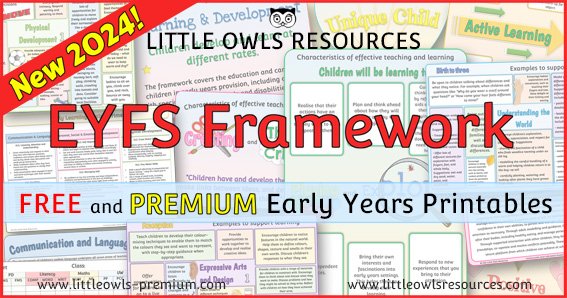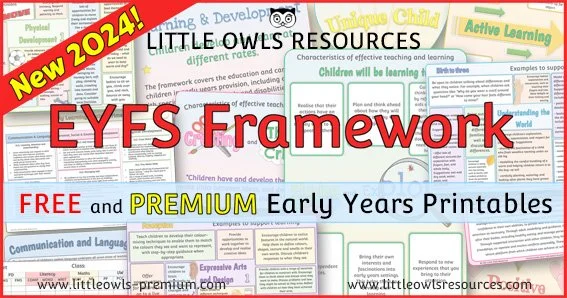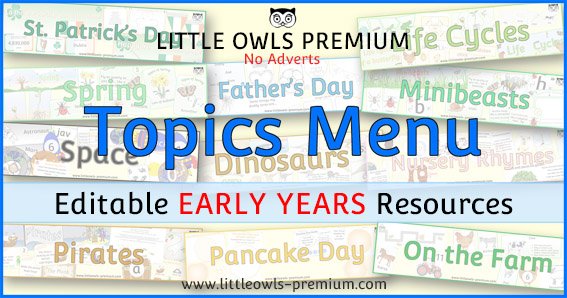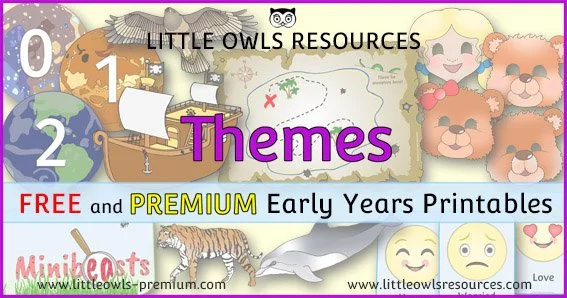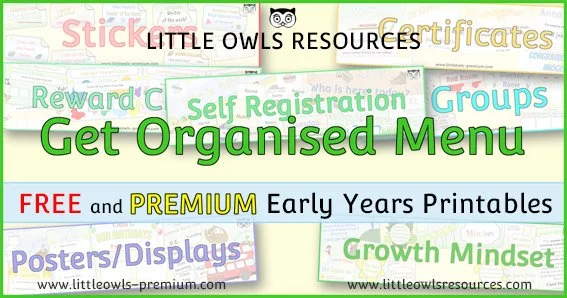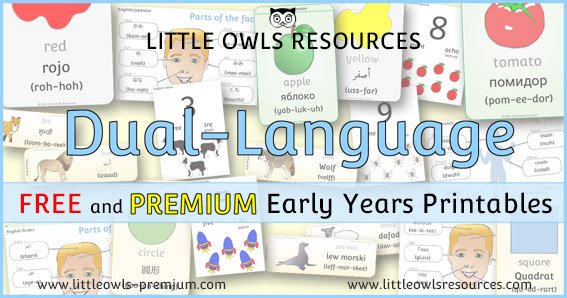<<-BACK TO ‘AREAS OF LEARNING’ MENU
Communication & Language - EYFS/Early Years activities, displays and ideas
SECTIoNS ON THIS PAGE:
Top Pick Free Sample ‘Communication and Language’ Resources
What do we mean by ‘Communication and Language’?
Examples of how to support ‘Communication & Language’ learning and development
Birth to 3
3 and 4 Year Olds
Reception
Search our ‘Communication & Language’ resources by…
Keywords and phrases
Topic
If you are not a member already, become a ‘Free Access’ member here. This will give you access to resources within the ‘Free Sample Resources’ sections at the top of most pages and ‘Special Dates Calendars’. Some whole topics are even free! Find out more about all of our membership options here. If you are already a member… thank-you! x
Top Pick FREE SAMPLE ‘Communication and Language’ RESOURCES
(Click on the images below to find out more)
Please note that both editable (docx file) and non-editable (pdf file) versions are available for the vast majority of resources on this website. (Editable files require Microsoft Word to work at optimum level and Non-Editable files require a pdf viewer.)
What do we mean by ‘Communication and Language’?
“The development of children’s spoken language underpins all seven areas of learning and development. Children’s back-and-forth interactions from an early age form the foundations for language and cognitive development. The number and quality of the conversations they have with adults and peers throughout the day in a language-rich environment is crucial. By commenting on what children are interested in or doing, and echoing back what they say with new vocabulary added, practitioners will build children's language effectively. Reading frequently to children, and engaging them actively in stories, non-fiction, rhymes and poems, and then providing them with extensive opportunities to use and embed new words in a range of contexts, will give children the opportunity to thrive. Through conversation, story-telling and role play, where children share their ideas with support and modelling from their teacher, and sensitive questioning that invites them to elaborate, children become comfortable using a rich range of vocabulary and language structures.” Development Matters, July 2021
Examples of how to support ‘Communication & Language’ learning and development
Extracted from Development Matters; non-statutory curriculum guidance for the early years foundation stage, revised July 2021. Includes colour and black and white versions.
Files contain public sector information licensed under the Open Government Licence v3.0.
When considering the support you provide for the learning and development of ‘Communication and Language’ within your setting, you may find resources on the following pages useful…
Search our ‘Communication & Language’ Resources by…
KEY WORDS & PHRASES:
Listening - Sounds & Musical Instruments
Understanding & Speech - Simple & Complex Sentences
Understanding & Speech - Questions
Understanding & Speech - Follow stories without pictures
Understanding & Speech - Tenses
Understanding & Speech - Intonation, Rhythm & Phrasing
Understanding & Speech - Sharing Feelings, Thoughts & Experiences
(Any text without a link indicates that we are working on this area.)
English as an additional language
Speaking more than one language has lots of advantages for children. It is the norm in many countries around the world. Children will learn English from a strong foundation in their home language. It is important for you to encourage families to use their home language for linguistic as well as cultural reasons. Children learning English will typically go through a quiet phase when they do not say very much and may then use words in both languages in the same sentence. Talk to parents about what language they speak at home, try and learn a few key words and celebrate multilingualism in your setting. Development Matters, July 2021
EYFS Framework / Planning / Assessment / Outdoor Area / Growth Mindset / Picture Communication / Signs and Labels / Self Registration / Posters and Displays
TOPIC:
MORE WAYS TO SEARCH ON LITTLE OWLS - PREMIUM…
(Select the buttons below to visit our menu pages)
This page contains public sector information licensed under the Open Government Licence v3.0.
